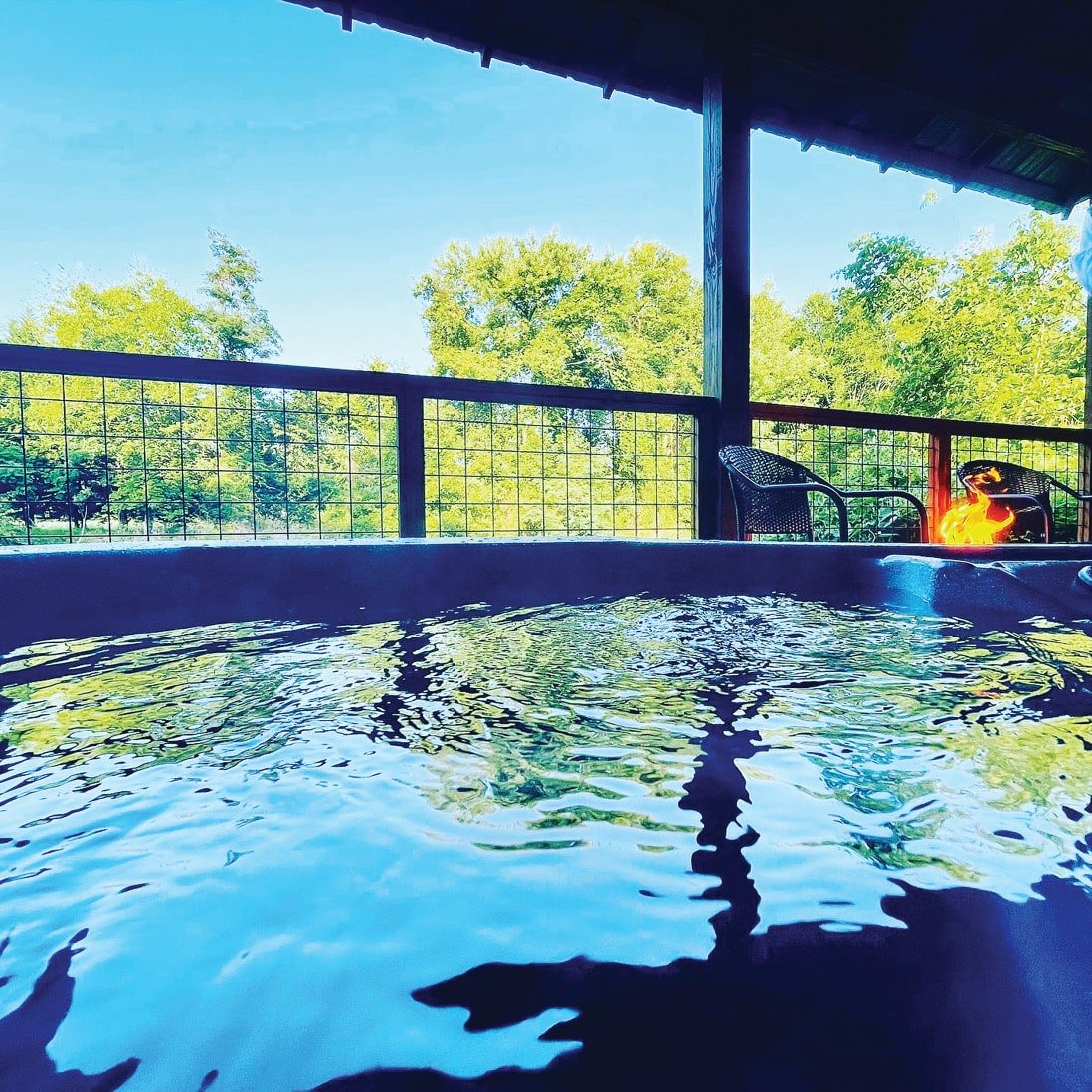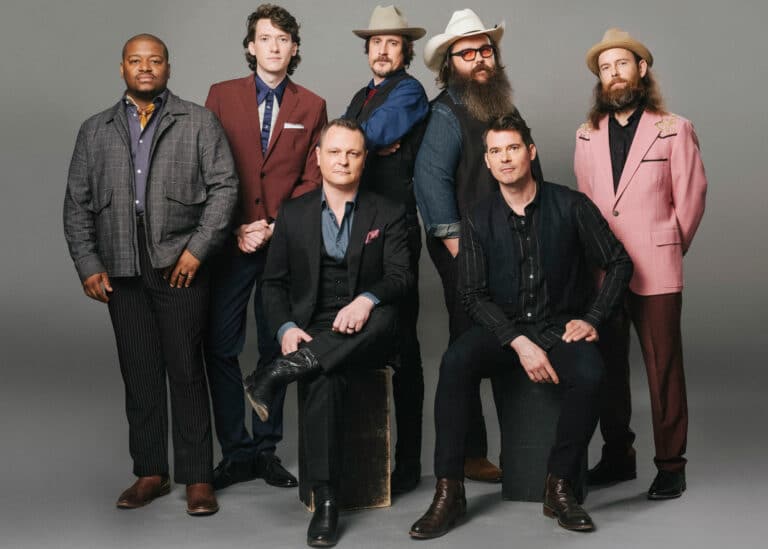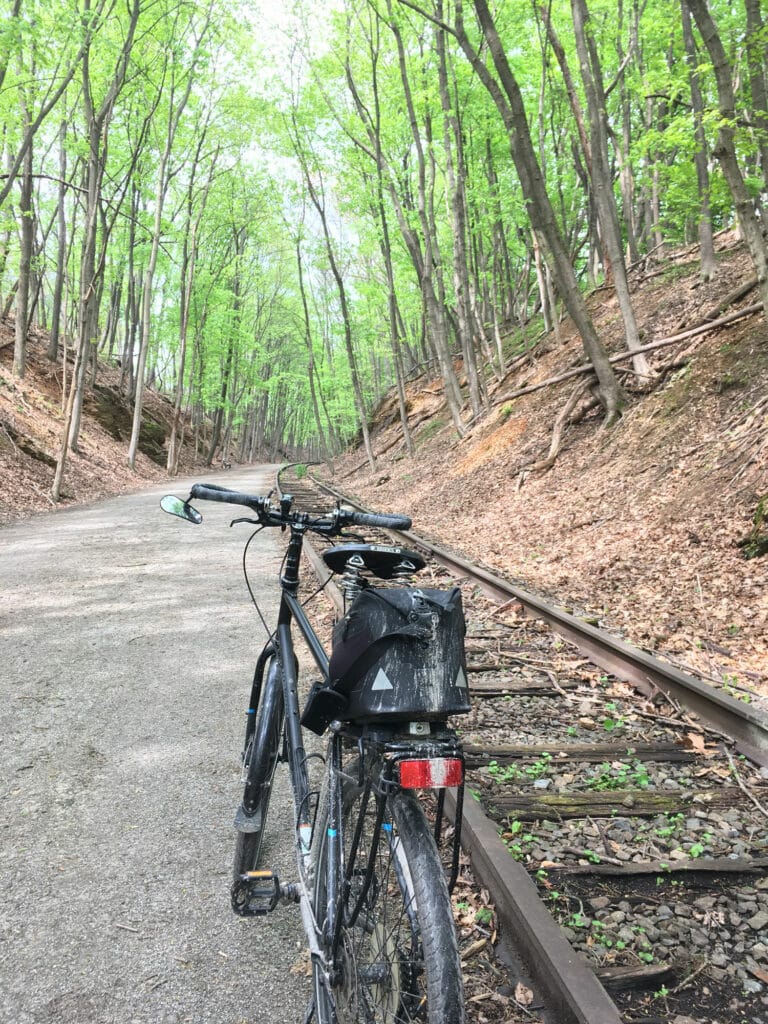Warm Dips
A dip in a hot spring hits just right after spending a chilly day in the mountains. The water heats your core and relaxes your muscles while you sit back and unwind. While the Blue Ridge doesn’t hold as many hot springs as the backcountry forests of the West, there are some options in the South for idyllic cold-weather soaks. Unlike many western springs, most of the accessible hot springs in our neck of the woods can be found closer to creature comforts like resorts, which means that outdoor lovers can pamper themselves while they enjoy the warm waters.
Hot Springs, North Carolina
Hot Springs, N.C., was aptly named after Native Americans discovered pockets of mineral water at the confluence of the French Broad River and the Spring Creek. Today visitors can head to the Hot Springs Resort Spa, which manages the only natural mineral hot springs in the state of North Carolina. Set in a small mountain town, the resort offers a hot tub-style experience with 100-degree water that can therapeutically relax stiff muscles and increase circulation. Tubs can be reserved by the hour.

Hot Springs, Virginia
Virginia is home to two well-known hot springs, located at the recently restored Warm Springs Pools (reopening December 17 and formerly known as the Jefferson Pools) in Bath County, and the Omni Homestead Resort in the quaint town of Hot Springs. The latter features the Serenity Garden’s Octagon Pool, which is fed by two natural hot springs and provides a relaxing experience for those aged 18 and up. Those who head to these hot springs can stay in one of the Homestead’s upscale rooms, and, when the snow falls, earn a soak by skiing all day on the resort’s nine trails.
White Sulphur Springs, West Virginia
West Virginia’s Appalachian Mountains hold the rejuvenating mineral waters of White Sulfur Springs, which have been a Southern destination for more than two centuries. The springs are now enclosed on the ground of the spa at the Greenbrier Resort, which sits on a sprawling 11,000 acres and includes 710 guest rooms and 20 restaurants and lounges. The Greenbrier Spa was first built in 1913 around the White Sulfur Springs and current visitors experience an average temperature of 85 degrees during their soaks. The surrounding Greenbrier Valley also holds an abundance of recreation opportunities, including hiking in the remote Big Draft Wilderness and biking on the 78-mile Greenbrier River Trail.
Berkeley Springs, West Virginia
Berkeley Springs is known as “America’s First Spa,” as visitors including George Washington have been seeking out the area’s warm mineral waters for their healing properties since the mid-1700s. The hot springs are found inside of Berkeley Springs State Park and those seeking warm waters have multiple options for soaking, including a main bathhouse and a historic Roman Bath House on the park’s north end that holds nine private walk-in tubs available for private use by the half hour. The park also has open pools filled with runoff from the springs. Also appealing: soaks at Berkeley Springs are priced in the $30 range.
Soak Awareness
Know Temperature Ranges Before You Go: Since hot springs are created by geothermal heat, they come in a lot of different shapes, sizes, and temperatures. For example, hot springs that are situated near volcanoes may produce extra hot water, making them unsafe to use. Other hot springs may be warm or lukewarm since they’re further removed from the thermal heat. Most developed hot springs hold mineral water mixed with cooler water to maintain safe temperatures for guests. But those who are sensitive to heat should check the spring’s temperatures prior to submerging themselves.
Know the Local Etiquette: The culture of each hot spring is unique and etiquette varies at different locations. In some places, nudity is welcome. In others, it’s strictly prohibited. Some resorts also offer gender-specific pools.
Bring Water: Hot springs will make you sweat just like a hot tub does. So it’s important to bring water, and pay attention to how much time you’re spending in the spring. Staying in a hot tub or hot spring for too long can potentially cause overheating, raising your body’s core temperature over 98.6 degrees.
Cover Photo: A tub at Hot Springs Resort & Spa in Western North Carolina. Photo courtesy of the resort.
Correction: A previous version of this story mislabeled the name and opening date of the Warm Springs Pools.








